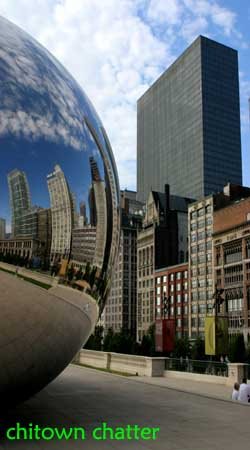Indie film Slumdog Millionaire is now on track complete the fairy tale by capturing an Academy Award for Best Picture. The rags-to-riches tale of an Indian orphan who competes on Who Wants to be a Millionaire has already won a number of Golden Globes, so I was inspired to fork over some money and see it last night.
About 30% of the film was in Hindi, which left me feeling a bit lost. (Knowing Chinese only comes in handy for watching Jackie Chan flicks and understanding the gangsters in Tropic Thunder.) I was also struck by how unfamiliar I am with Indian culture. What on earth just happened to that child? I didn't realize that hot oil was commonly used to blind children, so that they would receive more money while begging. Thus, you should never give money to beggars in India because it may support begging racketeers.
Luckily, Ankita was around to explain some of the lingering questions I had after the movie. One scene involved religious rioting and the massacre of Muslims by Hindus. I didn't understand how you could tell the two groups apart, and moreover, why Muslim-Hindu tension existed in the first place. Ankita gave a brief overview of the history of religious tensions in India, noting that Muslims are a minority group, which means they receive institutionalized preferential treatment, akin to affirmative action policies in the US. Coupled with their lower socioeconomic status, higher birth rates, and chafing from Muslim rule in the 11th to 17th centuries, there is a lot of resentment towards Muslims from Hindus. As for separating Muslims apart from the crowd, generally it is not blatantly apparent that someone is Muslim, but certain neighborhoods are predominantly Muslim and subject to attack. In addition, men are sometimes forced to take down their pants (Muslims are traditionally circumcised while Hindus are not).
I was also wondering why there was a question for 10 million rupees on the game show, as opposed to a "round" number like 1 million. As it turns out, the Indian numbering system is based on two-digit groupings (not three), which means 10 million (1,00,00,000) is a crore.
The highlight of the movie was unquestionably the footage of life in the slums. Far from being a depressing indictment of our failure to rectify world poverty, the movie illustrates the joie de vivre of slumdogs and their tenacity for survival. Even amongst the trash heaps and rubble, there is life and beauty. And of course, the children playing slum dwellers were adorable. But isn't this simply an idealized perspective of the slums, sanitized for Western eyes? According to Ankita at least, the slums are "not a bad place to live," and are much preferred to public housing. In fact, almost every home in the slums has a TV. There has been political pressure to move slum denizens to housing projects, but this has been met with much protest, so the slums will stay put for the time being.
Katherine: How do you dance like an Indian? You screw in the light bulb while patting the dog.
Harkening back to its Bollywood roots, the movie ends with a theatrical dance sequence, with hundreds of choreographed dancers performing on a train platform. It's an exuberant flourish for a conclusion, a feel-good ending that appeals to Western sensibilities. The extreme poverty and political woes depicted in the film will not be resolved any time soon, as evidenced by the recent terrorist attacks in Mumbai, but ultimately, we can go home at peace, knowing that the American dream is alive and well in India.
Sunday, January 25, 2009
Subscribe to:
Post Comments (Atom)




1 comment:
I saw Slumdog recently really liked it for its cast of characters that were easy to relate to, even if not in an exact sense, regardless of the radically different life circumstances. The fact that you can find hope, beauty, and joy in the darkest of places is a great thing to take away from a movie. It gets a gold star in my book.
According to my friends, the little kids used to in the movie were actual kids from the slums of India. Talk about authentic.
Post a Comment